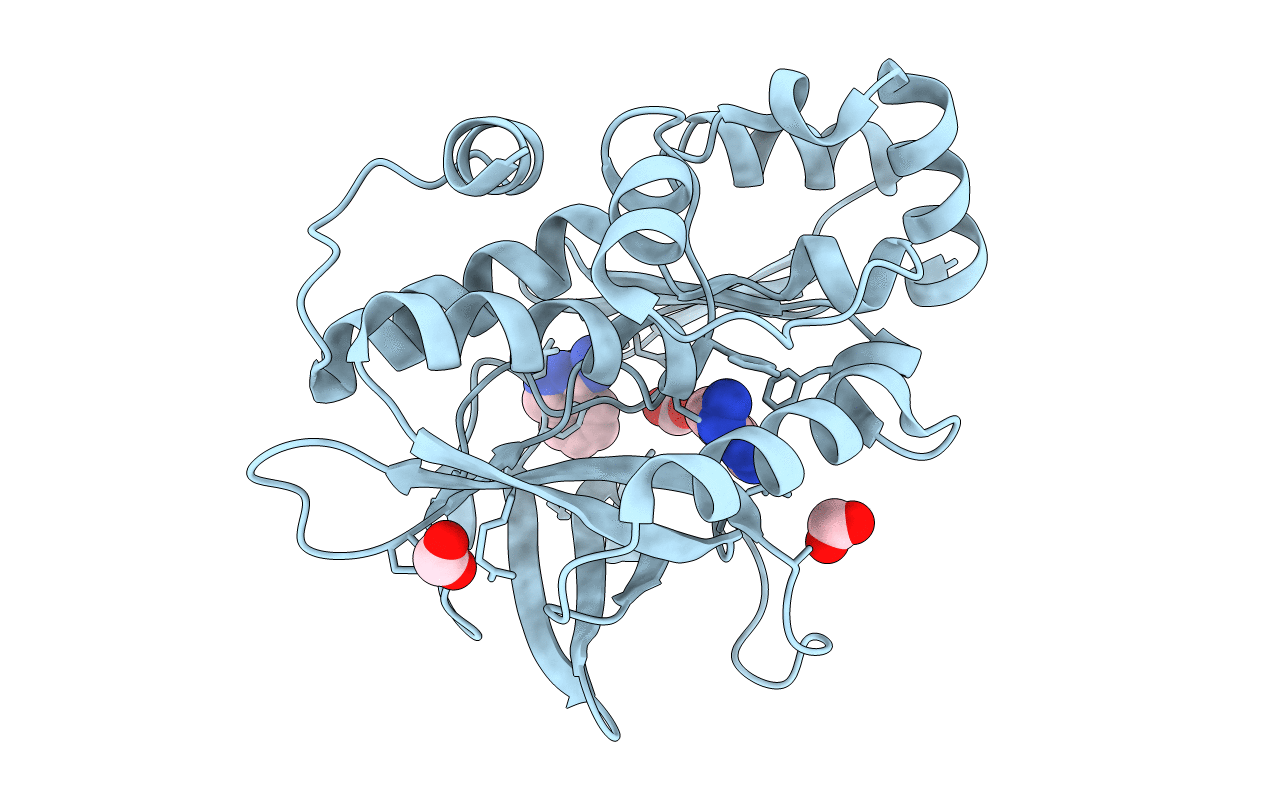
Deposition Date
2010-02-16
Release Date
2010-07-07
Last Version Date
2024-03-20
Entry Detail
PDB ID:
3LTW
Keywords:
Title:
The structure of mycobacterium marinum arylamine n-acetyltransferase in complex with hydralazine
Biological Source:
Source Organism:
Mycobacterium marinum (Taxon ID: 216594)
Host Organism:
Method Details:
Experimental Method:
Resolution:
2.10 Å
R-Value Free:
0.26
R-Value Work:
0.21
R-Value Observed:
0.21
Space Group:
P 41 21 2


